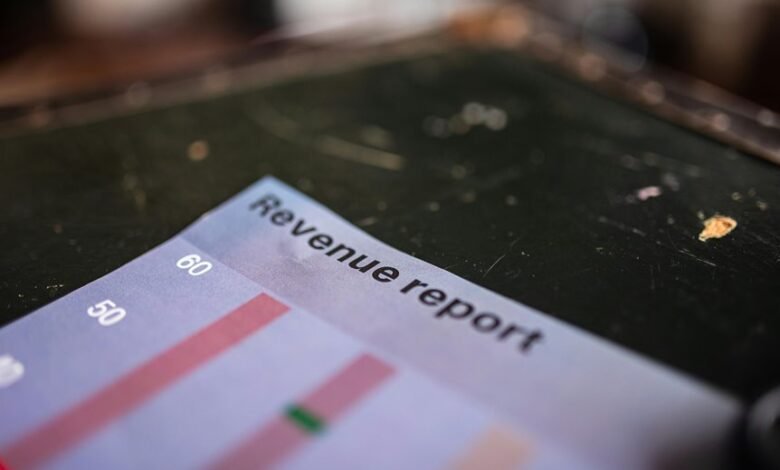Rs Alcohol Percentage

The concept of Rs Alcohol Percentage, or alcohol by volume (ABV), serves as a critical metric for consumers navigating the diverse landscape of alcoholic beverages. It quantifies the strength of a drink, influencing not only the drinking experience but also flavor profiles. Variations in ABV can lead to distinct taste perceptions, prompting questions about how one might select beverages based on these percentages. Exploring these nuances reveals deeper insights into responsible consumption and the art of pairing drinks.
Understanding Alcohol By Volume (ABV)
Although alcohol is a widely consumed substance, its measurement, particularly through Alcohol by Volume (ABV), is crucial for understanding its potency.
ABV regulations dictate the labeling requirements, ensuring consumers are informed.
Various measurement methods, including distillation and hydrometry, accurately quantify alcohol content.
This precision allows individuals to make informed choices, fostering a sense of freedom in their consumption decisions while maintaining awareness of potential effects.
The Impact of Alcohol Percentage on Flavor and Experience
The alcohol percentage in a beverage significantly influences its flavor profile and overall drinking experience.
Higher ABV can enhance intensity, impacting flavor balance and altering sensory perception. Conversely, lower alcohol levels often allow more subtle notes to emerge, creating a diverse tasting experience.
Understanding this dynamic enables enthusiasts to appreciate the complexities of beverages while exploring personal preferences in flavor and enjoyment.
How to Choose Drinks Based on ABV
Understanding the relationship between alcohol by volume (ABV) and flavor can guide individuals in selecting beverages that align with their preferences and occasions.
Drink recommendations should consider varying ABV levels, as they significantly influence flavor profiles. Higher ABV options often deliver bolder tastes, while lower ABV selections tend to be lighter and more refreshing, catering to diverse preferences and enhancing the overall drinking experience.
Common Alcohol Percentages in Various Beverages
What alcohol percentages can one expect from different types of beverages? Typically, beverage categories such as beer contain 4-6% alcohol, while wines range from 9-16%.
Spirits, in contrast, often exceed 20%, with some reaching 50% or more. Understanding these alcohol measurements is crucial for consumers seeking informed choices regarding their drinks, promoting responsible consumption aligned with personal preferences and societal norms.
Conclusion
In conclusion, understanding the alcohol by volume (ABV) is essential for informed beverage choices, influencing both flavor profiles and overall drinking experiences. Interestingly, the average ABV of beer typically ranges from 4% to 6%, while wines can vary between 9% and 16%. This variance highlights the importance of selecting beverages that align with personal preferences and desired experiences. By being mindful of alcohol percentages, consumers can enhance their enjoyment while promoting responsible drinking habits.




